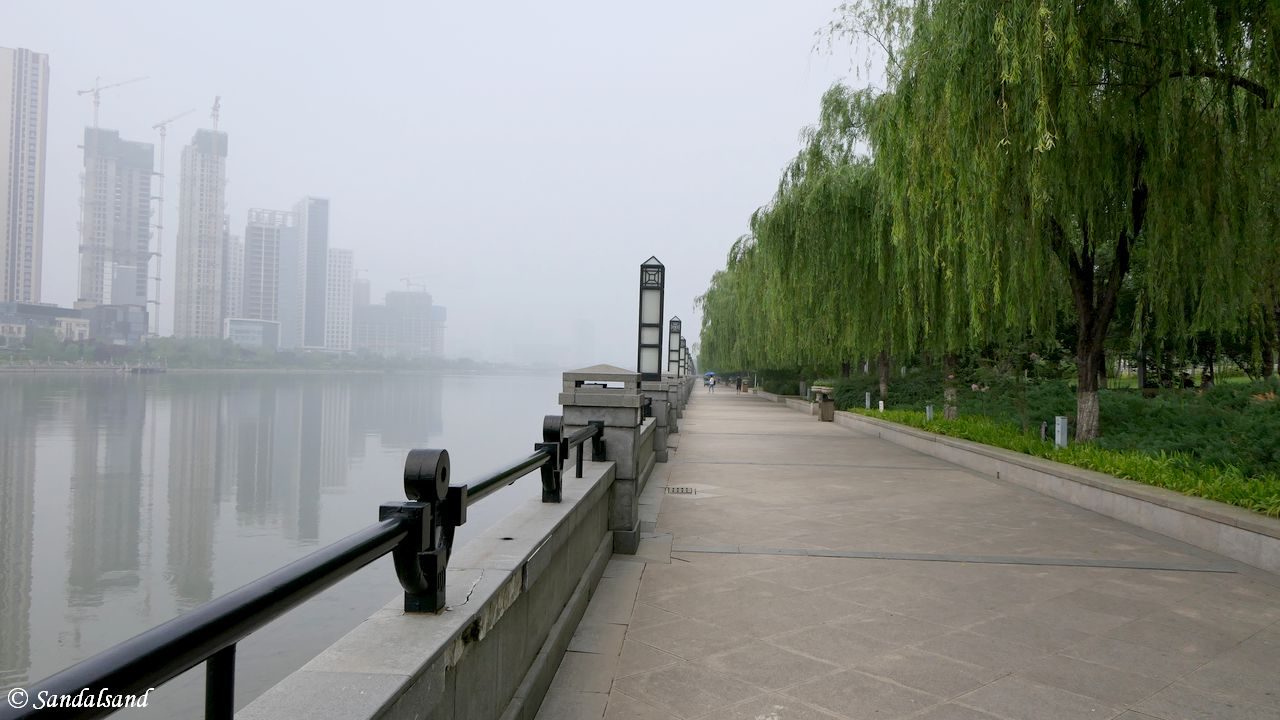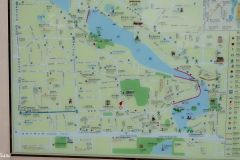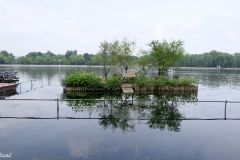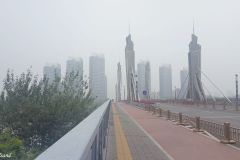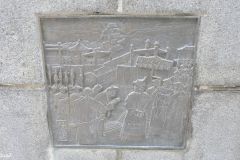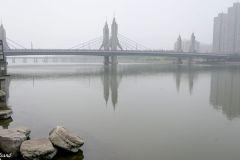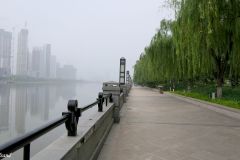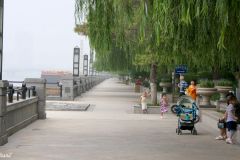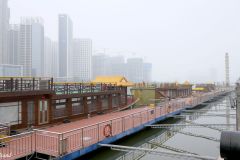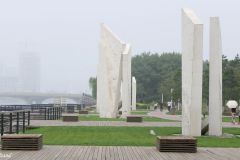The longest and oldest canal in the world is certainly worth a place on the World Heritage List. The Grand Canal stretches from Beijing in the north to Hangzhou in the south, over a distance of around 1,794 km.
The UNESCO World Heritage List includes more than a thousand properties with outstanding universal value. They are all part of the world’s cultural and natural heritage.
Official facts
- Country: China
- Date of Inscription: 2014
- Category: Cultural
UNESCO’s World Heritage Centre’s (short) description of site no. 1443:
The Grand Canal is a vast waterway system in the north-eastern and central-eastern plains of China, running from Beijing in the north to Zhejiang province in the south. Constructed in sections from the 5th century BC onwards, it was conceived as a unified means of communication for the Empire for the first time in the 7th century AD (Sui dynasty). This led to a series of gigantic construction sites, creating the world’s largest and most extensive civil engineering project prior to the Industrial Revolution.
It formed the backbone of the Empire’s inland communication system, transporting grain and strategic raw materials, and supplying rice to feed the population. By the 13th century it consisted of more than 2,000 km of artificial waterways, linking five of China’s main river basins. It has played an important role in ensuring the country’s economic prosperity and stability and is still in use today as a major means of communication.
My visit
The Grand Canal was built section by section over a thousand years, in different areas and under different dynasties. The emperors used their poor peasant workers to dig canals and link together rivers like Yangtze, Yellow, Huaihe, Haihe, and Qiantang, and a number of lakes. The waterway system was fully combined during the Sui Dynasty (581-618). Later upgrades and the invention of a lock system enabled easier means of transportation between the various sections.
Considering the length of this canal system, there will certainly be many places one could go to visit it. In Beijing, one of the perhaps most charming and certainly most convenient places to visit the Grand Canal will be the Tongzhou Grand Canal Park. This is where the modern Grand Canal stops, at a place that used to be outside Beijing. (It is located between modern-day Ring roads 5 and 6.) The pictures I took in 2019 are mostly from this section. One will discover a number of artistic works during a stroll through the park, along the canal. They commemorate the ancient transportation system.
When I researched this UNESCO listing I came across a map and did some more research. It revealed there are familiar places inside the historical part of Beijing that were linked to the Grand Canal. Most visitors to Beijing will have paid visits to the lakes in the Shichahai area – Xihai, Houhai, Qianhai. They used to be the actual Beijing part of the canal system. However, a drop in the water level several hundred years ago disrupted the lakes’ connection with the Grand Canal. I first made it to these lakes, thus the Grand Canal, in 2011.
Browse to the PREVIOUS or NEXT post in this series.

